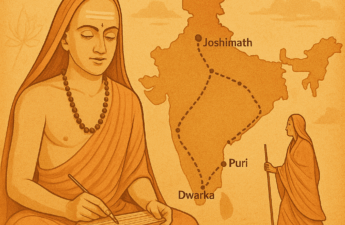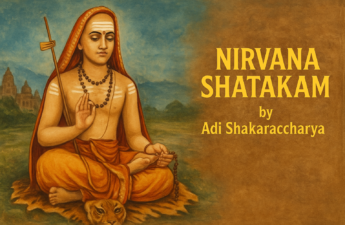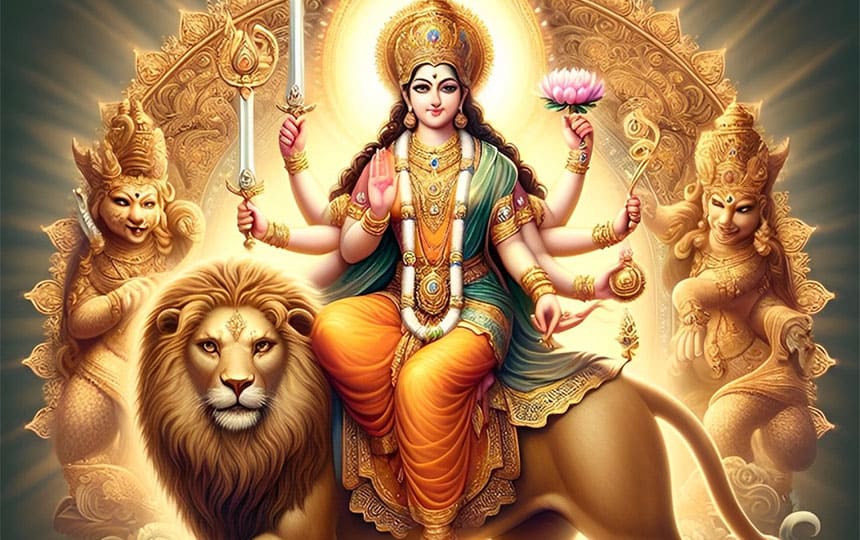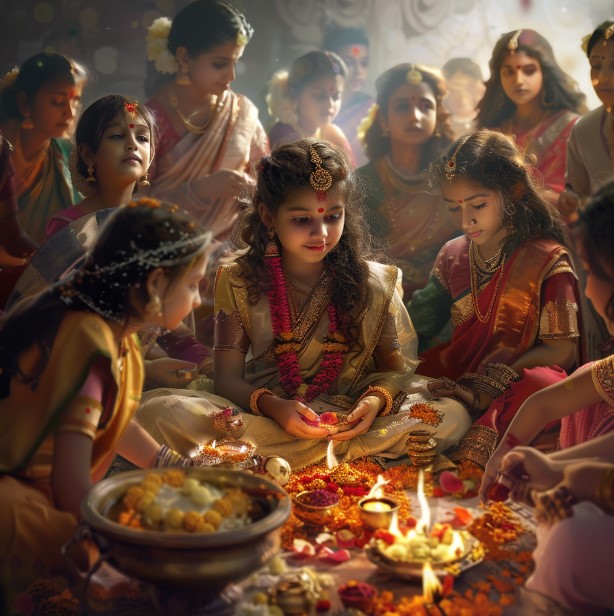In the heart of ancient India, where rivers whispered sacred hymns and mountains stood as silent sages, a luminous soul was born to illuminate the path of truth. Adi Shankaracharya, the divine philosopher, saint, and poet, emerged as a beacon of wisdom, uniting the scattered threads of Hindu thought into a tapestry of eternal unity. His life, a celestial melody,…
Tag: Hinduism
Nirvana Shatakam and The Divine Light of Adi Shankaracharya
In the sacred land of India, over a thousand years ago, a luminous soul named Adi Shankaracharya graced the earth. Born in the 8th century in Kerala, this sage, philosopher, and spiritual giant revived the timeless wisdom of Advaita Vedanta, the philosophy of non-duality. At a tender age, he mastered the Vedas and Upanishads, and by his teens, he was…
Calling Hanumanji – The Divine Messenger: The First Dohas of Hanuman Chalisa
Imagine a dusty mirror, dim and clouded, unable to reflect the light of truth. Now picture a devotee, with trembling hands and a heart full of love, gently wiping it clean with the sacred dust of a guru’s feet. This is how Sant Tulsidas begins the Hanuman Chalisa—not with pride, but with surrender, not with knowledge, but with a plea…
Day 6 of Navratri and Maa Kaatyayani
The Sixth Night of Navratri and Goddess Kaatyayani The sixth night of Navratri celebrates Goddess Kaatyayani, a deity who grants boons and fulfills the wishes of her devotees. She glows with a yellow light that represents self-worth, intellect, confidence, and strong moral values, blessing those who worship her. The Yellow Light and Emotional Healing Kaatyayani’s yellow light brings emotional healing…
Worshipping Young Girls in Navratri
यत्र नार्यस्तु पूज्यन्ते रमन्ते तत्र देवताः।यत्रैतास्तु न पूज्यन्ते सर्वास्तत्राफला क्रिया:॥Where women are honoured, divinity blossoms there. And where they are Dishonoured, all actions remain unfruitful. This is the Sanskrit Verse showing how women are directly connected to the Divine. This is Hinduism. In the Hindu festival of Navratri, which lasts nine sacred days, a special ritual called Kanya Pujan or…
Day 4 of Navratri and Mata Kushmanda
The Fourth Night of Navratri and Goddess Kushmanda The fourth night of Navratri celebrates Goddess Kushmanda, who removes sorrows of the mind and ego. She connects the big universe outside with the small universe inside us. Her energy shines as an orange light with a golden hue, inspiring creativity and respect for others’ work while clearing away false pride. The…
Day 1 of Navratri and Mata ShailPutri
The First Night of Navratri and Goddess Shailputri Navratri, a nine-night Hindu festival, celebrates the Divine Feminine through the worship of Goddess Durga and her nine forms, known as Navadurga. The first night is dedicated to Goddess Shailputri, whose name means “Daughter of the Mountain” (from “Shail” meaning mountain and “Putri” meaning daughter). She’s often depicted riding a bull and…
Diversity – The very pulse of India (Happy Festivals)
Today is the beginning of my favorite month. Just like in god’s we have lord vishnu, in month’s we have “Shravana” or “Saawan”….. And what makes this most unique is: 1. It marks the beginning of festival season 2. It’s a month where people take “Baadha”, start reading religious texts and scriptures, worship and indulge in allied activities. It is…






